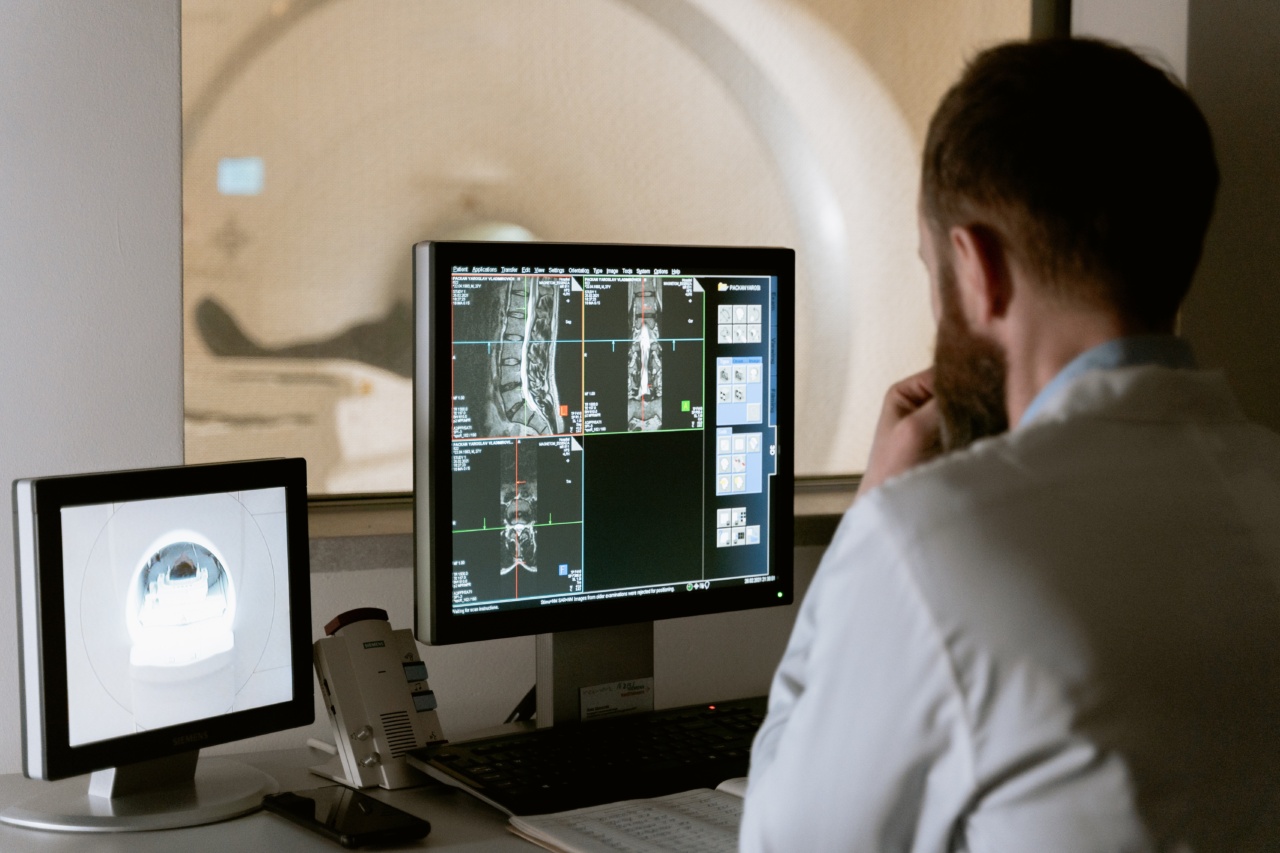Osteoporosis is a disease that causes bones to become weak and brittle. It is a condition that affects both men and women but is more common in women, particularly after menopause.
Osteoporosis makes bones susceptible to fractures, and even minor falls can result in a broken bone. This article will discuss ways to guard against osteoporosis and maintain good bone health throughout life.
What is Osteoporosis?
Osteoporosis is a condition in which bones become thin and brittle. It happens when there is a loss of bone mass or when the body fails to make enough new bone as old bone is absorbed by the body.
Bones are constantly regenerating throughout life, but as we age, we tend to lose more bone than we make. Osteoporosis can affect any bone in the body, but the most common locations are the hip, spine, and wrist.
Who is at Risk for Osteoporosis?
Everyone is at risk for osteoporosis to some degree, but some people are more at risk than others. Risk factors for osteoporosis include:.
Gender
Women are more likely to develop osteoporosis than men, especially after menopause when estrogen levels decrease.
Age
Bone mass peaks in the early 20s and then gradually decreases with age. The older you are, the greater your risk of osteoporosis.
Race
White and Asian women are more likely to develop osteoporosis than women of other races.
Family history
If a family member has had osteoporosis, you may be more likely to develop it as well.
Lifestyle factors
Smoking, excessive alcohol consumption, sedentary lifestyle, and a diet low in calcium and vitamin D can increase the risk of osteoporosis.
How Can You Reduce the Risk of Osteoporosis?
There are several steps you can take to reduce the risk of osteoporosis:.
Get Enough Calcium and Vitamin D
Calcium and vitamin D are essential for strong bones. Calcium helps build and maintain bone, while vitamin D helps the body absorb calcium.
The recommended daily intake of calcium for adults is 1000-1200 mg, and the recommended daily intake of vitamin D is 600-800 IU. Good sources of calcium include dairy products, leafy green vegetables, and fortified foods like orange juice and cereal. Vitamin D can be obtained from sunlight, fatty fish, and fortified foods like milk and cereal.
Exercise Regularly
Regular exercise can help build and maintain bone density and strength. Weight-bearing exercises like walking, running, and weight lifting are particularly beneficial for bone health.
It is recommended to exercise for at least 30 minutes a day, most days of the week.
Avoid Smoking and Excessive Alcohol Consumption
Smoking and excessive alcohol consumption can weaken bones and increase the risk of fractures. Limiting or avoiding these substances is important for maintaining good bone health.
Get a Bone Density Test
A bone density test measures the amount of bone mineral in various parts of the body, usually the hip, spine, and wrist. This test can help detect osteoporosis before a fracture occurs.
Women over 65 and men over 70 should get routine bone density testing, while younger individuals with risk factors for osteoporosis should also consider getting tested.
Conclusion
Osteoporosis is a serious condition that affects many people, particularly women after menopause.
Taking steps to guard against osteoporosis, such as getting enough calcium and vitamin D, exercising regularly, and avoiding smoking and excessive alcohol consumption, can help maintain good bone health throughout life. Early detection with a bone density test can also be helpful in preventing fractures. By taking these steps, you can reduce the risk of osteoporosis and enjoy a healthy, active lifestyle.






























